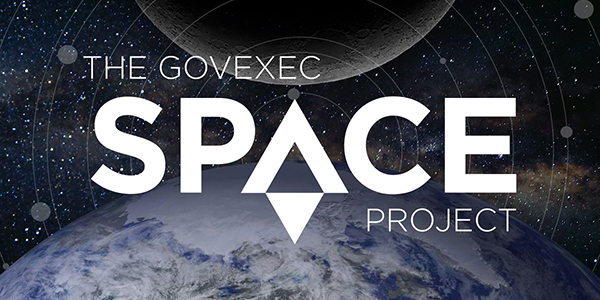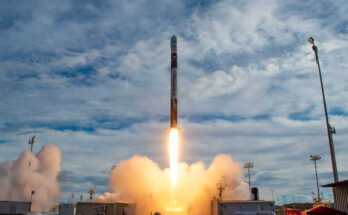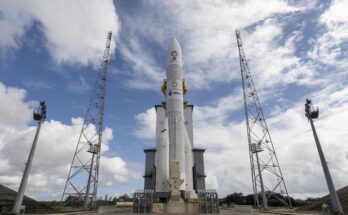
The H3 launch vehicle launched its second successful mission after a failed inaugural launch that resulted in the loss of the ALOS 3 spacecraft in 2023. With this launch, the Mitsubishi Electric-built rocket replaces the older H-II that launched over 60 times. The H3 (sometimes referred to as H-3) brings Japan a more competitive rocket to today’s launch landscape.
JAXA, the Japan Aerospace Exploration Agency, decided in May 2013 to develop a new launch vehicle, the H3, as a replacement for the H-2. This new launch vehicle aimed to address limitations of the H-2, specifically its high cost and operational complexity. The H3 promised to be more capable and cost-effective. Japanese government funding of $1.9 billion was approved in January 2014, and Mitsubishi Heavy Industries was chosen as the prime contractor just a few months later in April. Development officially began with the selection of the prime contractor, and key milestones were achieved throughout 2014, 2016, and 2017 with design approval and initial testing of the rocket motor and engine.
The first launch of the H3 was originally planned for 2020 but faced delays due to issues with the LE-9 main engine. The program aimed for a significant increase in launch frequency compared to the H-2, targeting 6 to 10 launches per year. This ambition necessitated improvements to infrastructure to accommodate the potential increase in missions. However, the first H3 launch in March 2023 resulted in a critical failure, destroying the ALOS 3 payload. While H-2 flights resumed in September 2023, the H3 program achieved a successful launch in February 2024.
H3’s latest successful mission puts the rocket on solid footing to enter the market. The first launch of H3 destroyed the payload which, to many in the Space community, was seen as a slightly reckless in that an unproven rocket should carry a dummy payload on the initial flight. The second flight did indeed use a dummy payload.
H3 will also be used to service the International Space Station. The rocket will carry the successor to the HTV (H-II Transfer Vehicle), the HTV-X. The HTV-X might also resupply the proposed Gateway lunar orbital station (some sources cite the name of this variant as HTV-XG).
Carter Palmer has long held a keen interest in military matters and aviation. As a FI's space systems analyst he is responsible for updating the reports and analyses within the Space Systems Forecast – Launch Vehicles & Manned Platforms and Space Systems Forecast – Satellites & Spacecraft products.





